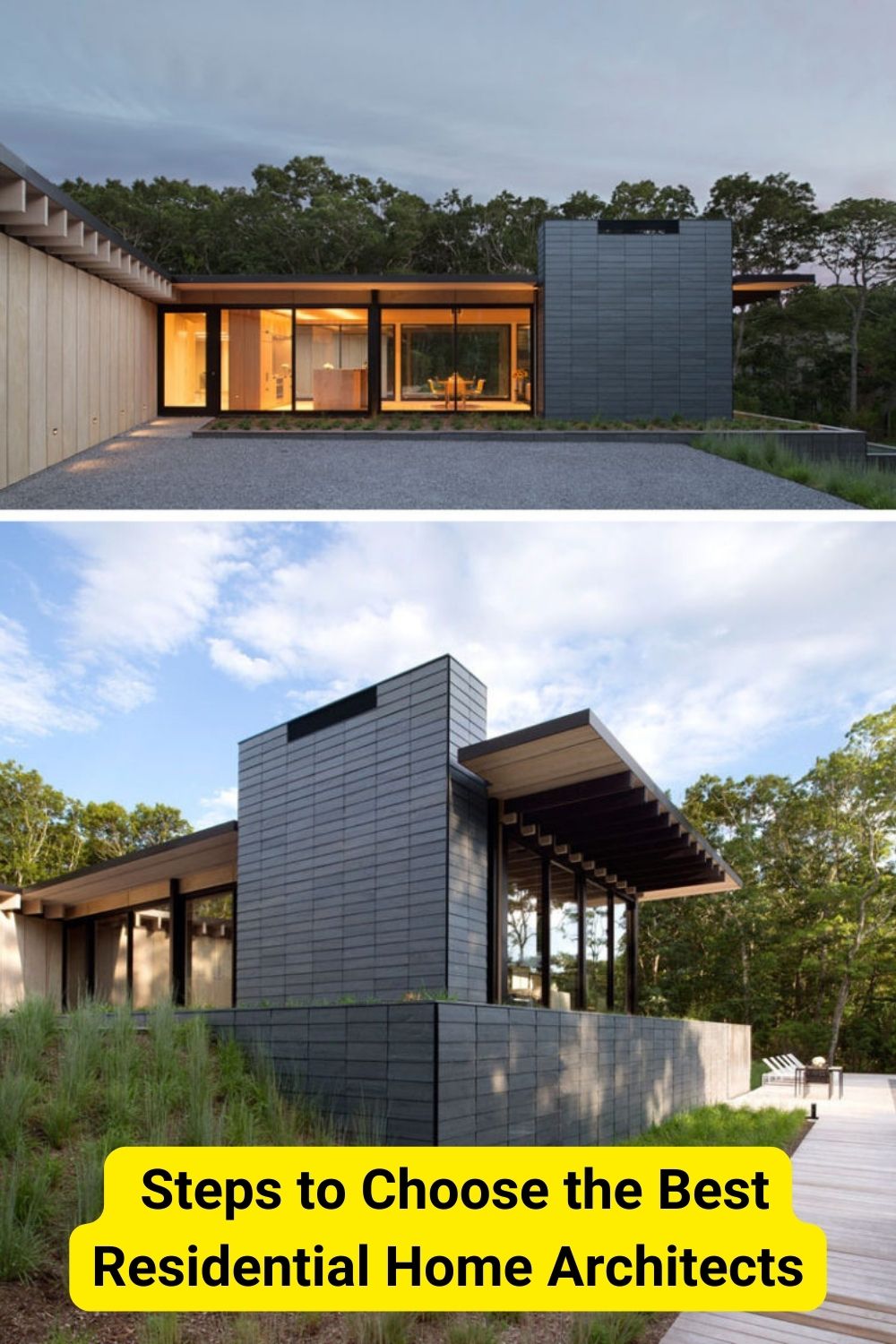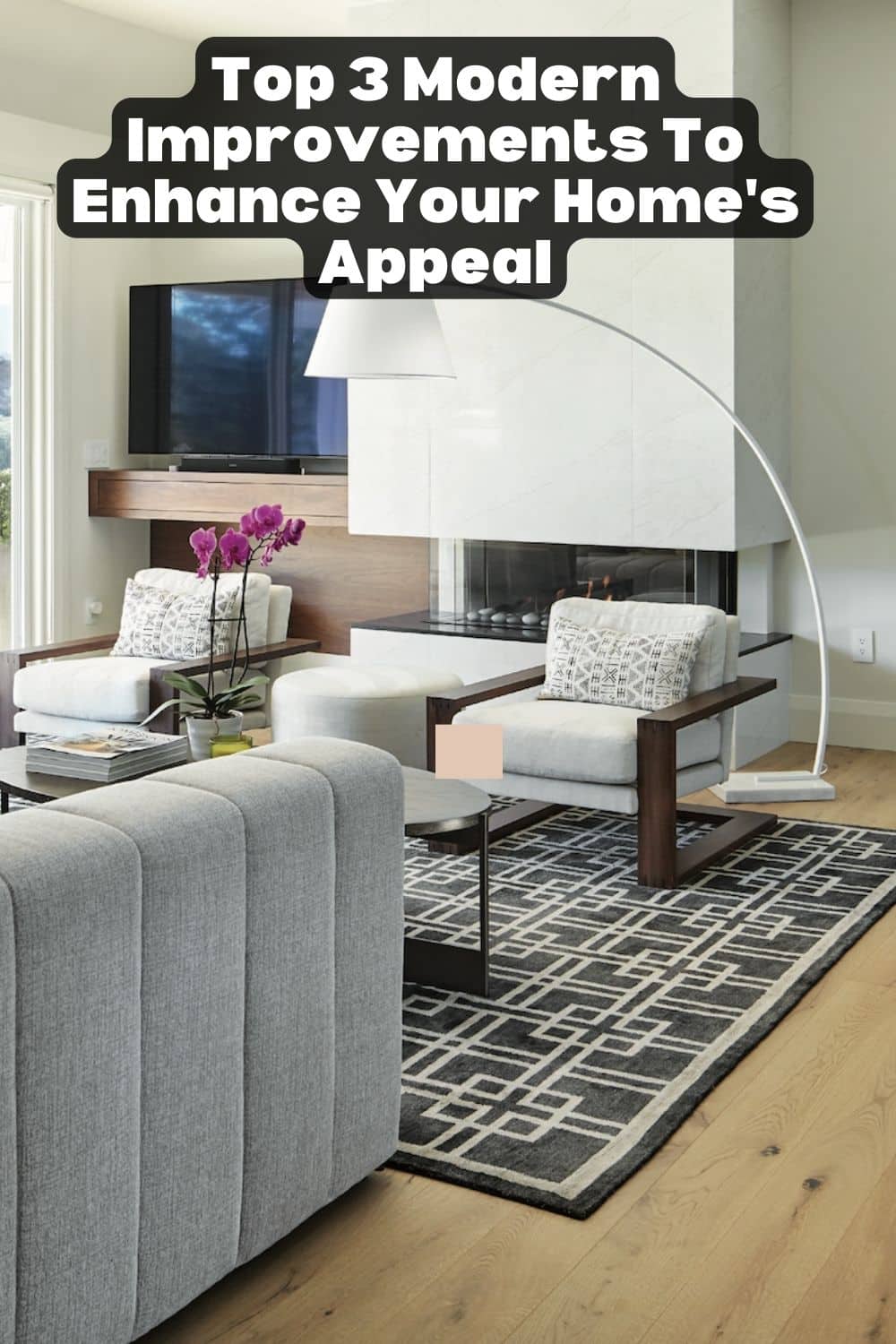When looking for an interior design for your home, you consider creativity critical to achieving your desired look. But interior design isn’t just about creativity. Professional designers tend to abide by an informal set of rules guided by home design elements.
Striking a balance between those elements is the only way to create an aesthetically pleasing interior in your house. With interior design being an art and a science, addressing every design element can amplify positive features, compensate for flaws, and create a space that’s satisfying to the eye.
Read also: Types of Construction Drawings That Builders Should Know
Applying harmoniously interior design elements can also elevate the functionality of your home. If you’re looking to give your home’s interior a professional design, here are six key features you need to apply:
Line
Lines are critical elements of professional home design because they form the basis of forms and shapes. They also establish unity, contrast, and stability in the living space while guiding the inner room and specifying lines. Professional interior designers use vertical, dynamic, and horizontal lines.
Vertical lines add to space’s free and expansive nature, while horizontal ones add a secure and safe feeling. Dynamic lines also referred to as angular lines, are action-oriented. They add spectacle to the space and may be seen on structures such as stairs. Experienced interior designers know how to work with each line to amplify form and achieve the desired feel in the room.
Positioning

Another element that affects the professional home design is the positioning of furniture in a room. Most people find this element challenging because it’s difficult to envision where and how furniture pieces will be most functional and useful.
Furniture arrangement requires designers to consider the traffic patterns within a space. Most experts opt to sketch the layout of the room and the furniture, they wish to place on a piece of paper to avoid rearranging the furniture multiple times. They then try unique arrangements of different pieces after achieving the perfect combination.
Color
The other key element of professional home design is color. For most people, determining the color to use in their homes can be challenging. Professional designers follow the three-color principles where they pick one neutral color alongside two accent colors – light color and a dark one.
Lighter colors tend to enlarge a room and make it appear relaxed. On the other hand, darker colors cause spaces to shrink while making the area feel warmer. Some people begin with the shade on a wall – background color or paint, then build on it. Others pick a big piece of furniture in the room and treat it as a centerpiece that they build on.
Lighting
Light is an essential element of professional home design because it sets the mood and ambiance of the living space. Where lighting is inadequate, other elements, particularly texture, color, and pattern, lack significance.
The positioning of windows and doors in a home should consider the natural or artificial light entry. Professional designers can use three main types of light in a home. The first one is ambient or mood lighting that helps to illustrate the entire space and set the mood. Second is accent lighting, which helps to highlight elements like artwork in the home, while task lighting is devoted to specific objectives like desk or table lamps.
Space
When designing interior rooms, space is one of the critical elements professional designers consider. Since space provides a foundation for the entire internal design plan, designers should know the measurement of the area available and how it’s utilized.
Space may be categorized into two parts. First is the two-dimensional space covering the floor area and the three-dimensional space that constitutes the living area. Space may be positive or negative. Positive space is the area with items, while negative space is vacant.
Maintaining a balance between these two spaces is necessary to achieve equilibrium. Skimping or overcrowding your area can cause it to lose stability.
Texture or Pattern
The texture or pattern is the other element of professional home design. It entails the consistency or appearance of a surface. In design, texture can be glossy, smooth, dull, thick, or have rough endings. Different items, including fabric, furniture, and accessories, add texture to a space.
Ideally, a texture helps to enhance already existing features or add dimension to space. Interior designers give darkened rooms a pure light feeling with furnishings when designing spaces. Shiny, smooth finishes may enhance reflective qualities in the area. On the contrary, rough textures can balance excess natural light in bright rooms.
Final Thoughts
Professional interior design enables you to optimize your home space and lift your spirits. It’s a great way of enhancing the functionality of your home while making your lifestyle modern and stylish. Keeping the key elements discussed above can help achieve the harmonious and satisfying results you desire when designing your home interiors.





Leave a Reply